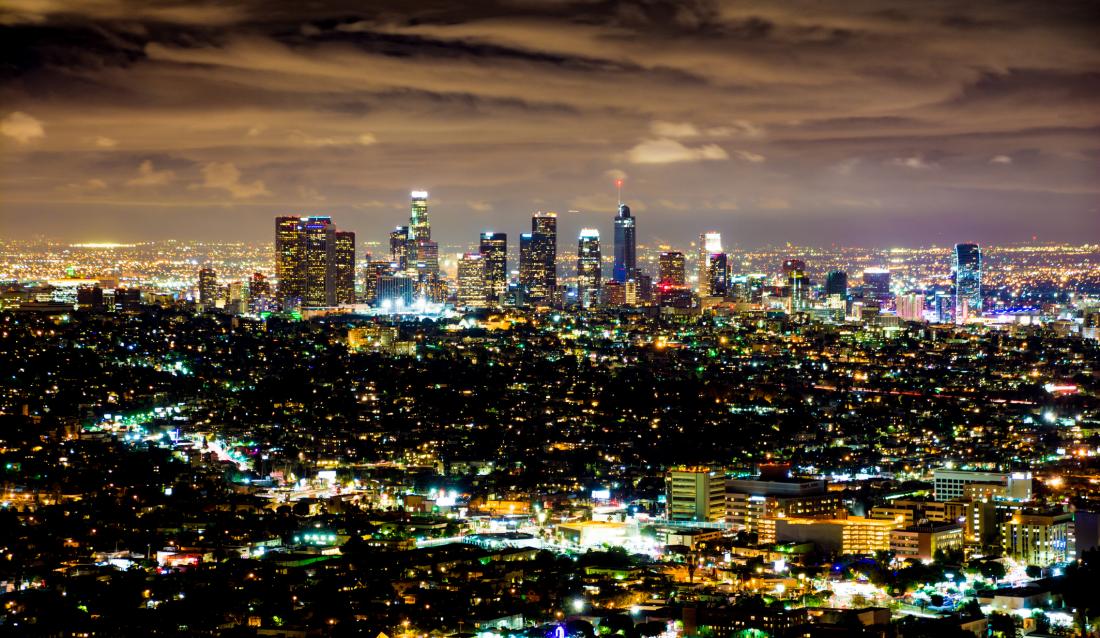Insomnia: Light pollution and sleeping pill use may be linked

New research, published in the Journal of Clinical Sleep Medicine, suggests that nighttime exposure to artificial outdoor light, known as light pollution, may raise the risk of insomnia.
Short-term insomnia affects approximately 30 percent of adults in the United States.
A further 10 percent of people in the country have chronic insomnia.
Researchers have associated insufficient sleep with chronic health conditions ranging from type 2 diabetes, cardiovascular disease, and obesity, to mental health disorders such as depression.
The connection between light and sleep is well-documented. Recent results, for example, indicate that the light emitted by screens can affect light-sensitive cells in the retina and reset the body clock — a brain structure that controls the sleep-wake cycle.
While it may seem intuitive that the light that comes from laptops and smartphones disrupts our sleep, it may come as a surprise that outdoor artificial nighttime light can have a similar effect.
New research finds a connection between excessive exposure to light pollution and the use of sleeping pills in seniors.
Kyoung-bok Min, Ph.D., an associate professor in the Department of Occupational and Environmental Medicine at Seoul National University College of Medicine in South Korea, conducted the study with Jin-young Min, Ph.D., from the university's Department of Preventive Medicine.
Studying outdoor light and sleep health
As the researchers point out, "Outdoor artificial nighttime light is increasingly recognized as a form of environmental pollution [...] associated with a number of deleterious effects on human health."
To explore the possible link with sleep health in seniors, the researchers analyzed data from the National Health Insurance Service-National Sample Cohort (NHIS-NSC), a population-based cohort study conducted in South Korea between 2002 and 2013.
The study population comprised 52,027 adults ages 60 or older. None had been formally diagnosed with a sleep disorder, and females made up about 60 percent.
The researchers used satellite data to map outdoor artificial light and matched these data with each individual's residential districts to determine the extent of their exposure to light.
The team also gathered data from the NHIS-NSC study on the use of two hypnotic drugs: zolpidem and triazolam. Approximately 22 percent of the study population had prescriptions for this type of medication.
Light exposure linked with sleeping pill use
The researchers stratified the individual exposure to outdoor artificial nighttime light by quartiles and found that a higher exposure to light correlated with a "significantly higher" number of prescriptions for hypnotic drugs, as well as a higher daily dose.
Seniors exposed to more nighttime outdoor light also tended to take sleeping pills for longer periods of time.
"This study observed a significant association between the intensity of outdoor artificial nighttime lighting and the prevalence of insomnia, as indicated by hypnotic agent prescriptions for older adults in South Korea," concludes Kyoung-bok Min.
"Our results are supportive data that outdoor artificial nighttime light could be linked to sleep deprivation," adds the researcher.
"Given the recent scientific evidence, including our results, bright outdoor lighting may be a novel risk factor for prescribing hypnotic drugs."
-Kyoung-bok Min, Ph.D.
